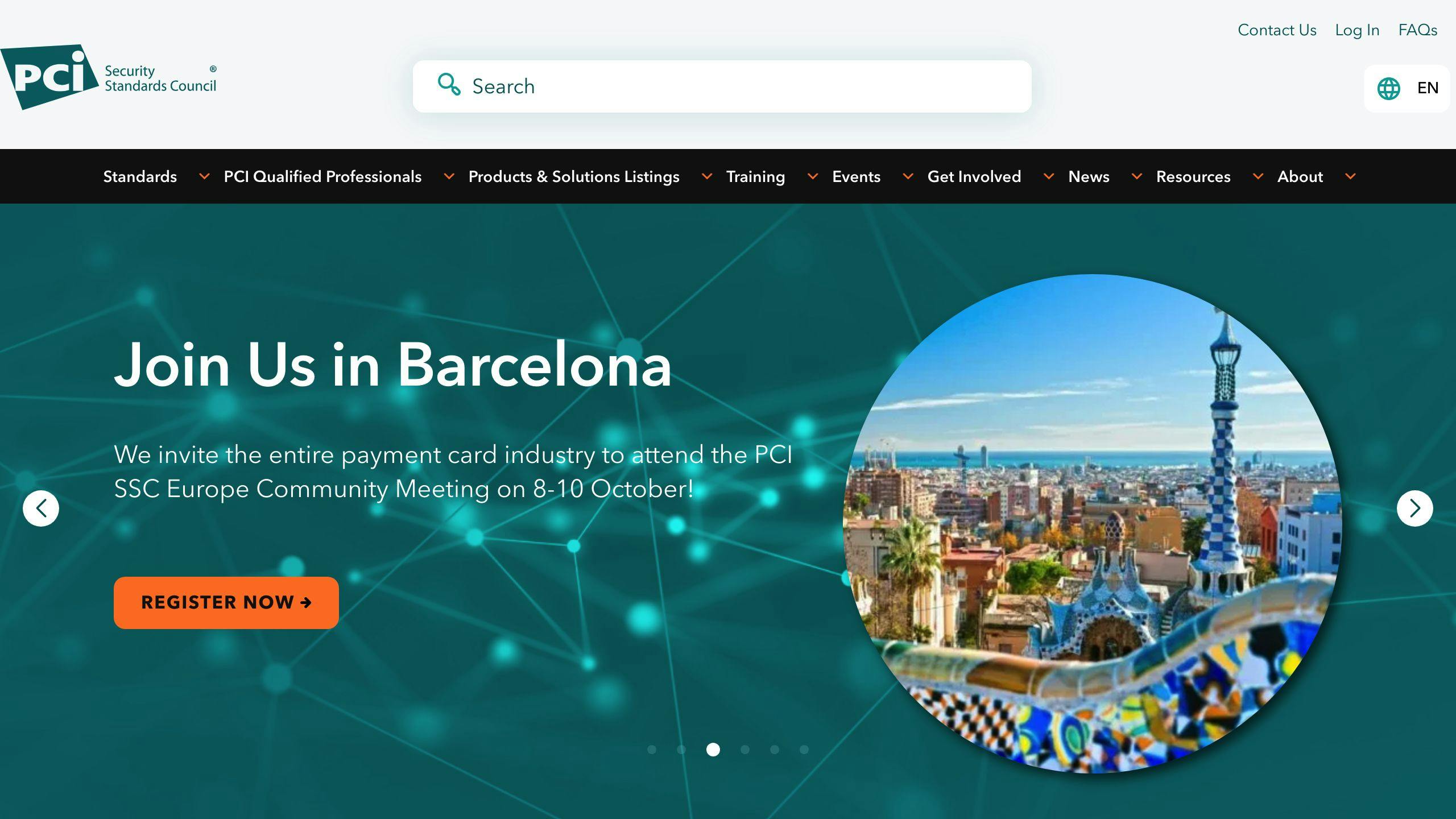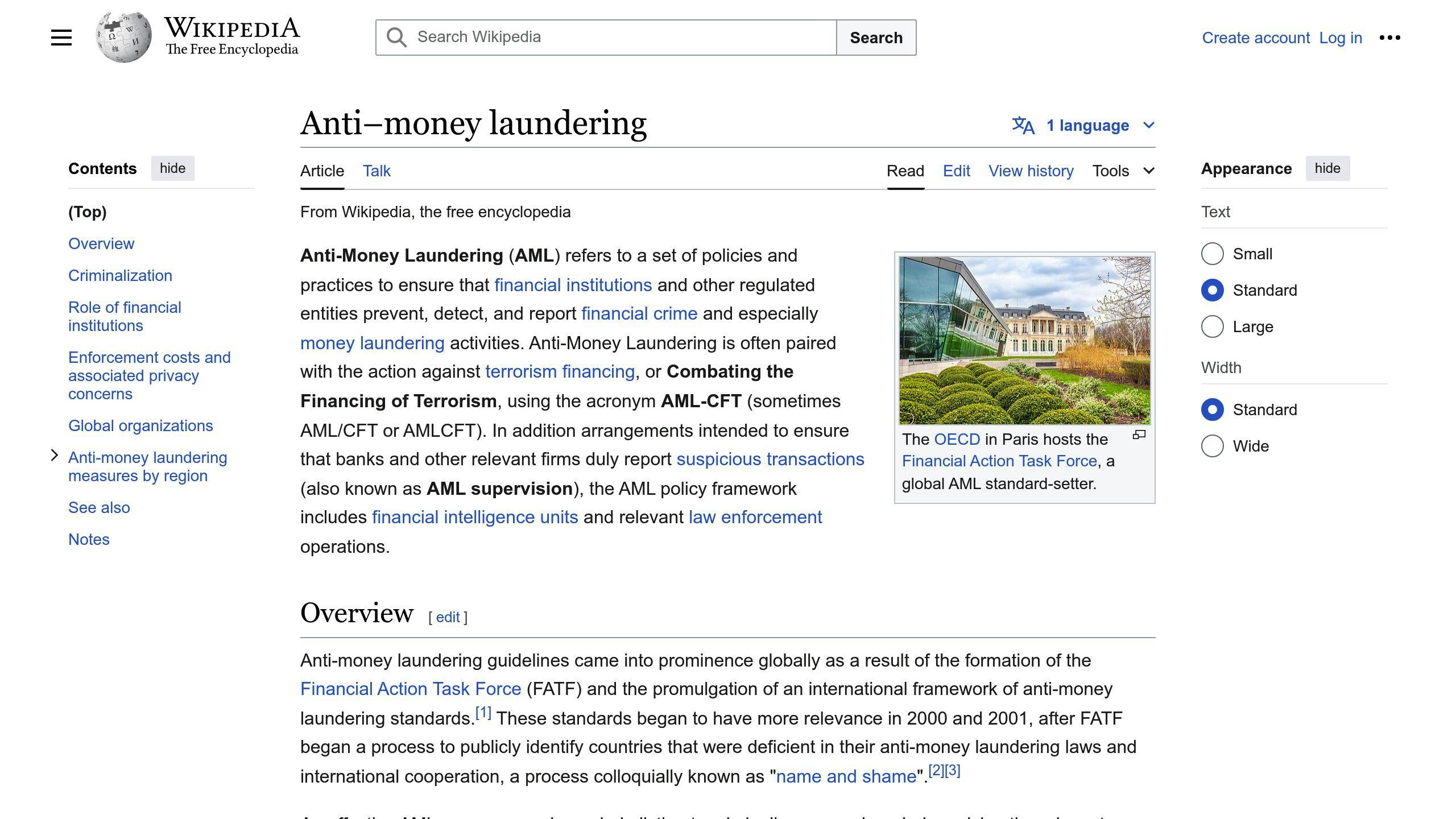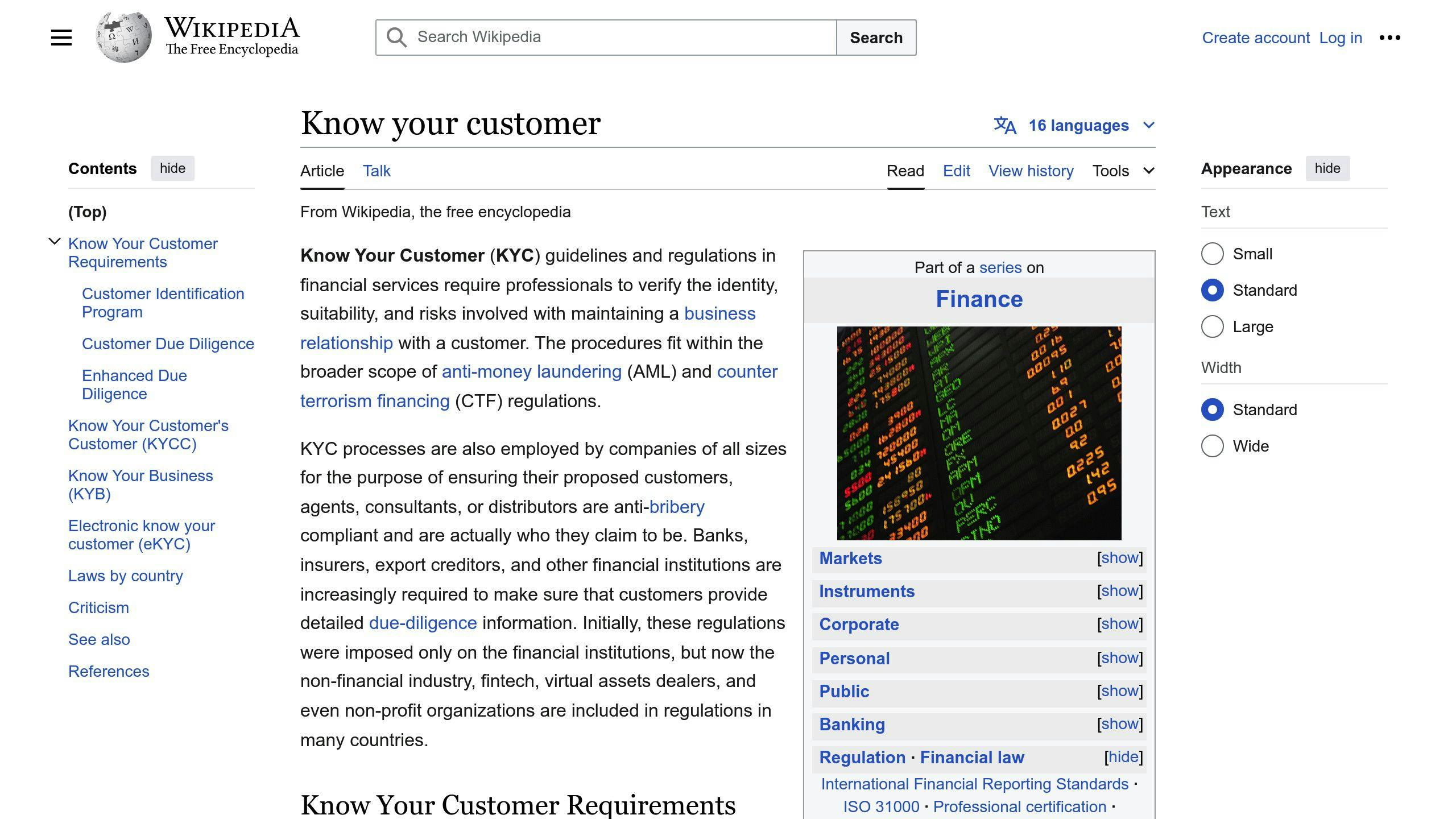Here's a quick overview of marketplace payment reconciliation:
- Definition: Checking that a marketplace's financial records match those of payment processors and banks
- Purpose: Find errors, prevent fraud, ensure accuracy, build trust, avoid losses
- Key steps:
- Gather payment info
- Match transactions
- Identify discrepancies
- Verify amounts and dates
- Follow regulations
Types of reconciliation:
| Type | What it checks |
|---|---|
| Bank | Marketplace records vs bank statements |
| Credit card | Credit card statements vs marketplace records |
| Accounts receivable | Money owed vs payments received |
| Accounts payable | Money owed vs supplier invoices |
| Inventory | Actual stock vs system records |
| Commission | Commission paid vs sales data |
Best practices:
- Set regular schedules
- Use automation software
- Keep data clean and consistent
- Fix errors quickly
- Maintain detailed records
Advanced methods: Real-time reconciliation, multi-currency handling, blockchain, AI/ML
Regulations: PCI DSS, AML, KYC, data protection laws
Measuring success: Use KPIs, check accuracy, compare to industry standards
Common issues: Discrepancies, timing issues, disputes, chargebacks/refunds
Future trends: AI/ML integration, blockchain adoption, real-time processing
Related video from YouTube
Basics of Marketplace Payment Reconciliation
Payment Reconciliation Explained
Payment reconciliation in online marketplaces is about checking if the money records match up. It makes sure that what the marketplace says about payments is the same as what the bank or payment company says. This helps catch mistakes and stop fraud.
Marketplace vs. Standard Reconciliation
Here's how marketplace reconciliation is different from regular business reconciliation:
| Aspect | Standard Reconciliation | Marketplace Reconciliation |
|---|---|---|
| Parties Involved | Business and bank | Marketplace, buyers, sellers, payment processors |
| Complexity | Simpler | More complex |
| Focus | Internal records vs. bank statements | Multiple transaction sources and parties |
Main Parts of Marketplace Payment Reconciliation
The key steps in marketplace payment reconciliation are:
- Gathering payment info from different places
- Matching up transactions
- Finding and fixing differences
- Checking payment amounts and dates
- Following the rules
These steps help keep everything correct and fair for everyone using the marketplace.
How Marketplaces Reconcile Payments
Step-by-Step Reconciliation Process
Here's how marketplaces handle payment reconciliation:
- Collect payments from customers
- Take out fees and commissions
- Send the rest to sellers
- Check if everything matches up
Reconciliation Tools and Software
Marketplaces use special tools to make reconciliation easier:
| Tool Type | Purpose |
|---|---|
| Automated software | Checks payments quickly and finds mistakes |
| Payment gateways | Handle payments and help with checking |
| Seller dashboards | Let sellers see their payment info |
Common Problems and Solutions
Even with good tools, marketplaces can run into issues:
| Problem | Cause | Solution |
|---|---|---|
| Payment records don't match | Mistakes in processing or data entry | Use software to find and fix differences |
| Slow payments | Processing times or bank holidays | Pick payment systems that work faster |
| Chargebacks and refunds | Customer disputes or returns | Make clear rules for returns and use software to track issues |
Different Types of Marketplace Reconciliation
Marketplace payment reconciliation comes in several types. Each type checks different parts of a marketplace's money flow.
Bank Reconciliation
This type checks if the marketplace's records match the bank's records. It looks at:
- Money coming in
- Money going out
- Fees
- Penalties
Bank reconciliation makes sure the marketplace's cash records are the same as what the bank shows.
Credit Card Reconciliation
This type checks credit card statements against the marketplace's records and bank statements. It's important for businesses that use credit cards a lot.
Accounts Receivable and Payable Reconciliation
| Type | What it checks |
|---|---|
| Accounts Receivable | Money owed by customers vs. actual payments received |
| Accounts Payable | Money owed to suppliers vs. invoices from suppliers |
These types help find mistakes in payments, like paying too much or too little.
Inventory Reconciliation
This type compares the actual count of items with what the system says is in stock. It's key for online stores that keep track of products.
Commission Reconciliation
This type checks if the right amount of commission was paid to sellers or agents. It compares the commission paid with the sales data.
Each type of reconciliation helps keep money records correct, find mistakes, and follow rules. By using these types, marketplaces can check their money flow better and make fewer mistakes.
Tips for Better Marketplace Payment Reconciliation
Here are some ways to make payment reconciliation easier and more accurate for online marketplaces:
Set Regular Reconciliation Schedules
Check your payments often. This helps catch mistakes early. Pick a schedule that works for you:
| Schedule | Frequency |
|---|---|
| Daily | Best for high-volume marketplaces |
| Weekly | Good for medium-sized operations |
| Monthly | Suitable for smaller marketplaces |
Stick to your chosen schedule to keep things running smoothly.
Use Automation and Software
Use computer programs to help with payment checks. They can:
- Match transactions
- Find differences
- Make reports
This saves time and cuts down on mistakes.
Keep Data Clean and Consistent
Good data makes checking easier. Make sure your information is:
- Up-to-date
- Free of errors
- The same across all systems
Fix any problems you find right away.
Find and Fix Errors Quickly
When you spot a mistake:
- Look into it right away
- Figure out what caused it
- Fix it as soon as you can
This stops small issues from becoming big problems.
Keep Good Records
Save details about all money coming in and going out. This includes:
| Record Type | Examples |
|---|---|
| Payments | Customer purchases, seller payouts |
| Invoices | Bills sent to customers |
| Refunds | Money returned to customers |
Good records help you track down issues and make your system better over time.
Advanced Marketplace Reconciliation Methods
Real-Time Reconciliation
Real-time payment reconciliation helps online marketplaces match payments with transactions as they happen. This method:
- Cuts down on manual errors
- Shows payment info right away
- Helps with quick reporting
- Gives useful info for making decisions
With real-time checks, marketplaces can:
- Make their money handling better
- Keep payments safer
- Stay up-to-date in the fast-moving online world
Handling Multiple Currencies
Dealing with many currencies can be hard, but there are ways to make it easier:
| Method | How it works |
|---|---|
| Ask payment provider for help | They might add common currency info to reports |
| Convert amounts yourself | Change all transactions to one currency (more complex) |
These methods help marketplaces:
- Make currency checks simpler
- Do checks automatically
- Make fewer mistakes
- Improve profits
Using Blockchain for Reconciliation
Blockchain can make payment checks better by:
- Keeping payment records safe
- Making records clear for everyone to see
- Stopping anyone from changing records
Using blockchain for checks helps marketplaces:
- Make sure payment info is correct
- Lower the chance of mistakes or cheating
- Do checks faster and better
AI and Machine Learning in Reconciliation
AI and machine learning can help with payment checks by:
| AI/ML Feature | Benefit |
|---|---|
| Doing tasks automatically | Saves time |
| Finding patterns | Spots issues early |
| Predicting problems | Helps prevent mistakes |
AI tools can look at lots of money info and find odd things quickly. This helps marketplaces:
- Make fewer mistakes
- Need less human help
- Do checks faster and better
sbb-itb-8201525
Rules and Regulations for Reconciliation
PCI DSS Compliance

PCI DSS sets rules for keeping credit card info safe. Online marketplaces must follow these rules if they take card payments. Key points:
- Choose systems that already follow PCI DSS
- Share duties with payment providers
- Compliance needs change based on how you set up your system
Anti-Money Laundering (AML) Rules

AML rules stop illegal money use. Marketplaces must:
| Requirement | Description |
|---|---|
| Check customers | Use KYC and KYB to confirm who's using the site |
| Watch transactions | Look for odd patterns |
| Report issues | Tell authorities about strange activity |
| Keep records | Save customer and payment info |
Know Your Customer (KYC) Requirements

KYC helps stop fraud and follows AML rules. Marketplaces must:
- Get proof of who customers are
- Check government IDs and addresses
- Make sure they're not dealing with criminals
- Keep good records of customer info
Data Protection Laws
Laws like GDPR tell marketplaces how to handle personal info. Main points:
| Requirement | What to do |
|---|---|
| Keep data safe | Use strong security measures |
| Be clear | Tell customers how you use their info |
| Get permission | Ask before using customer data |
| Manage records | Keep data updated and remove old info |
Measuring Reconciliation Success
Checking how well payment reconciliation works is key for online marketplaces. Here's how to do it:
Key Performance Indicators (KPIs)
KPIs help measure how good the reconciliation process is. Here are some important ones:
| KPI | What it Measures |
|---|---|
| On-time reconciliations | How many checks are done on schedule |
| Aging of reconciling items | How long unmatched items stay open |
| Automated reconciliations | How much of the process is done by computers |
| Reconciliation rate | How many transactions match up correctly |
| Error rate | How many mistakes happen in the process |
Checking Reconciliation Accuracy
To make sure the process is correct and trustworthy:
- Look over the reconciliation results
- Find and fix any differences
- Read through the reports
- Do regular checks
Comparing to Industry Standards
Looking at how other companies do reconciliation can help you get better. You can:
- See how your KPIs stack up against others
- Find areas where you can improve
- Change your process to work better
Fixing Common Reconciliation Issues
When checking payments in online marketplaces, some problems can come up. Here's how to spot and fix these issues:
Spotting Differences
Sometimes, the marketplace's records don't match the merchant's records. This can happen because of:
- Typing mistakes
- Delays in recording
- Disagreements about payments
To find these differences:
- Look at records often
- Compare marketplace and merchant records
- Find out why they don't match
Dealing with Timing Issues
Timing problems can make records look wrong. For example, if a bank statement is late, it can cause mix-ups. To avoid this:
| Action | Purpose |
|---|---|
| Keep detailed records | Track all sales and dates |
| Update bank info regularly | Make sure all info is current |
Handling Disputed Transactions
When customers say a sale didn't happen or was wrong, it's called a dispute. To handle these:
- Keep good records of all sales
- Save emails with customers
- Keep shipping info and product details
This info helps prove the sale was real if there's a problem.
Managing Chargebacks and Refunds
Chargebacks happen when customers ask their bank to take back money from a sale. Refunds are when merchants give money back. To handle these:
| Step | Description |
|---|---|
| Know the rules | Understand how chargebacks work on your marketplace |
| Keep records | Save all info about sales and customers |
| Act fast | Respond quickly when you hear about a chargeback |
What's Next for Marketplace Payment Reconciliation
As technology grows, payment reconciliation is changing. Let's look at what's coming for marketplace payment reconciliation, including new tech, rule changes, and future practices.
New Technologies
New tech like AI, machine learning, and blockchain will change payment reconciliation. These tools will make checks faster, more correct, and safer. They'll also lower the risk of mistakes and fraud.
| Technology | How it Helps |
|---|---|
| AI | Looks at lots of money data to find odd patterns |
| Machine Learning | Gets better at spotting issues over time |
| Blockchain | Makes a safe, clear record of all transactions |
Changes in Rules and Laws
As payments change, new rules will come to keep things safe. For example, as more people use cryptocurrencies, there will be new laws to stop bad money use. Marketplace payment systems will need to follow these new rules.
Future of Reconciliation Practices
Future payment checks will use more computers, happen right away, and look at data in new ways. As more payments happen, systems need to work better and faster.
| Future Practice | What It Does |
|---|---|
| More Automation | Lets computers do more of the work |
| Real-Time Processing | Checks payments as they happen |
| Advanced Data Analysis | Finds patterns to stop problems before they start |
Cloud computing and better software will help businesses manage their money and learn from their payment data. New tech will also help predict and stop payment mix-ups, which will save money and keep customers happy.
Conclusion
Main Points to Remember
Here are the key things to keep in mind about payment reconciliation in marketplaces:
| Point | Description |
|---|---|
| Automated tools | Help manage complex checks |
| Regular audits | Find ways to improve and follow rules |
| Strong security | Protects money information |
| AI and machine learning | Help find mistakes automatically |
| Real-time checks | Important for 24/7 business |
| Integrated systems | Make checks easier across different payment types |
Why Good Reconciliation Matters
Good marketplace payment reconciliation is important because:
| Reason | Benefit |
|---|---|
| Correct money records | Fewer mistakes and money risks |
| Saves time and effort | More focus on main business tasks |
| Catches cheating | Keeps marketplace and users safe |
| Follows rules | Meets money handling standards |
| Builds trust | Makes users feel safe using the platform |
As online marketplaces grow, using better ways to check payments will help them stay ahead and do well in the online business world.
FAQs
What does payment reconciliation status mean?
Payment reconciliation status shows how well a transaction matches up with bank records. It helps you know what to do next. There are three main types:
| Status | Meaning |
|---|---|
| Completely matched | Settlement ID and amount match bank data |
| Partially matched | Settlement ID matches, but amount is off |
| Unmatched | Settlement ID not found in bank data |
The status is set after data is brought in. It helps find and fix problems with payments.
Here's how it works:
- If the settlement ID and amount match closely, it's "Completely matched"
- If the ID matches but the amount is off by more than a set amount, it's "Partially matched"
- If the ID isn't in the bank data at all, it's "Unmatched"
Knowing these statuses helps keep money records right and fix any mix-ups in payments.
![Thumbnail for: PCI DSS Compliance Checklist: 12 Steps [2024]](https://mars-images.imgix.net/seobot/fleexy.dev/664bebf8f6ecb93f8e851d63-419bd59233a358fdf453f8afaa8eed7b.png?auto=compress)

